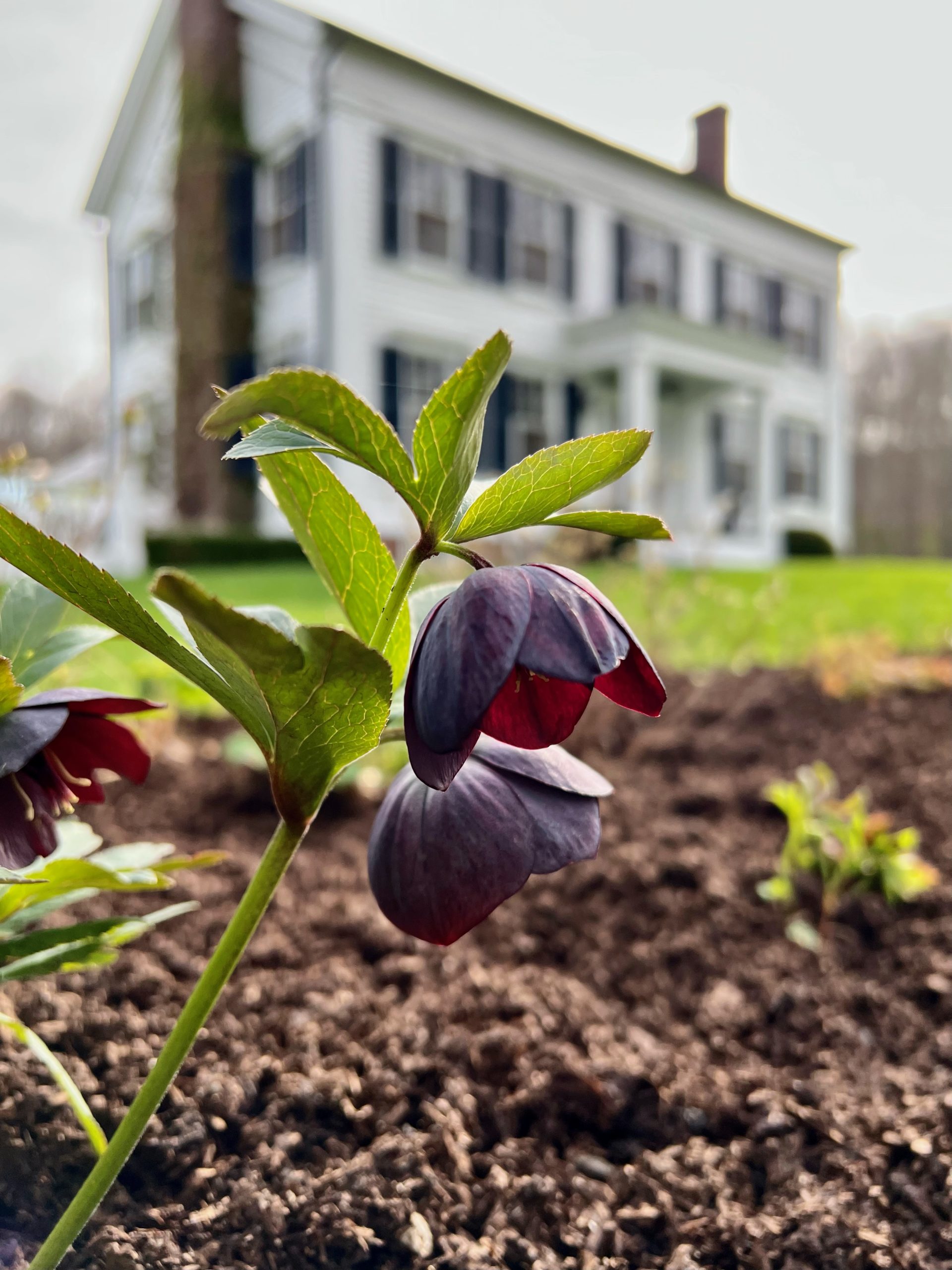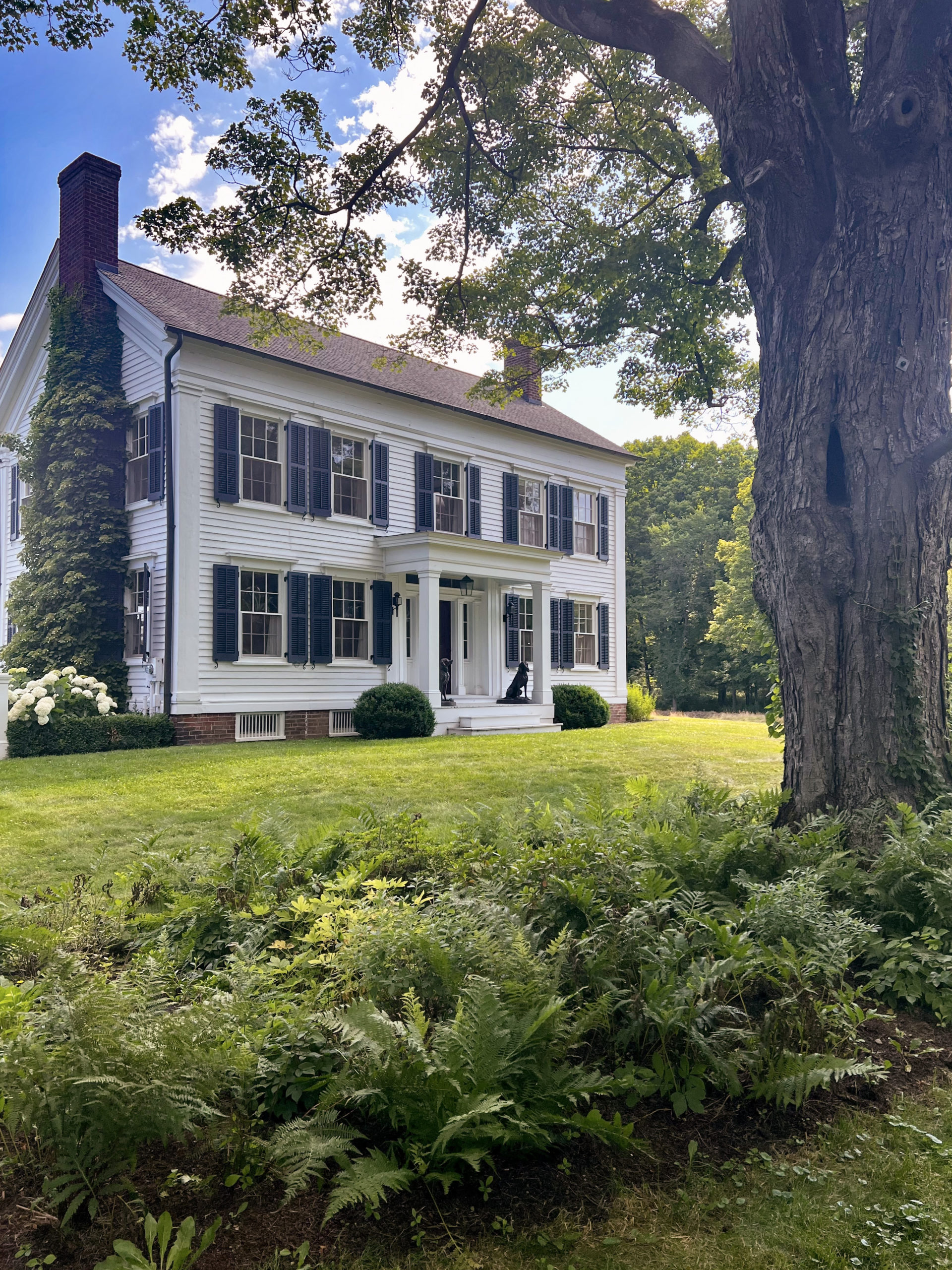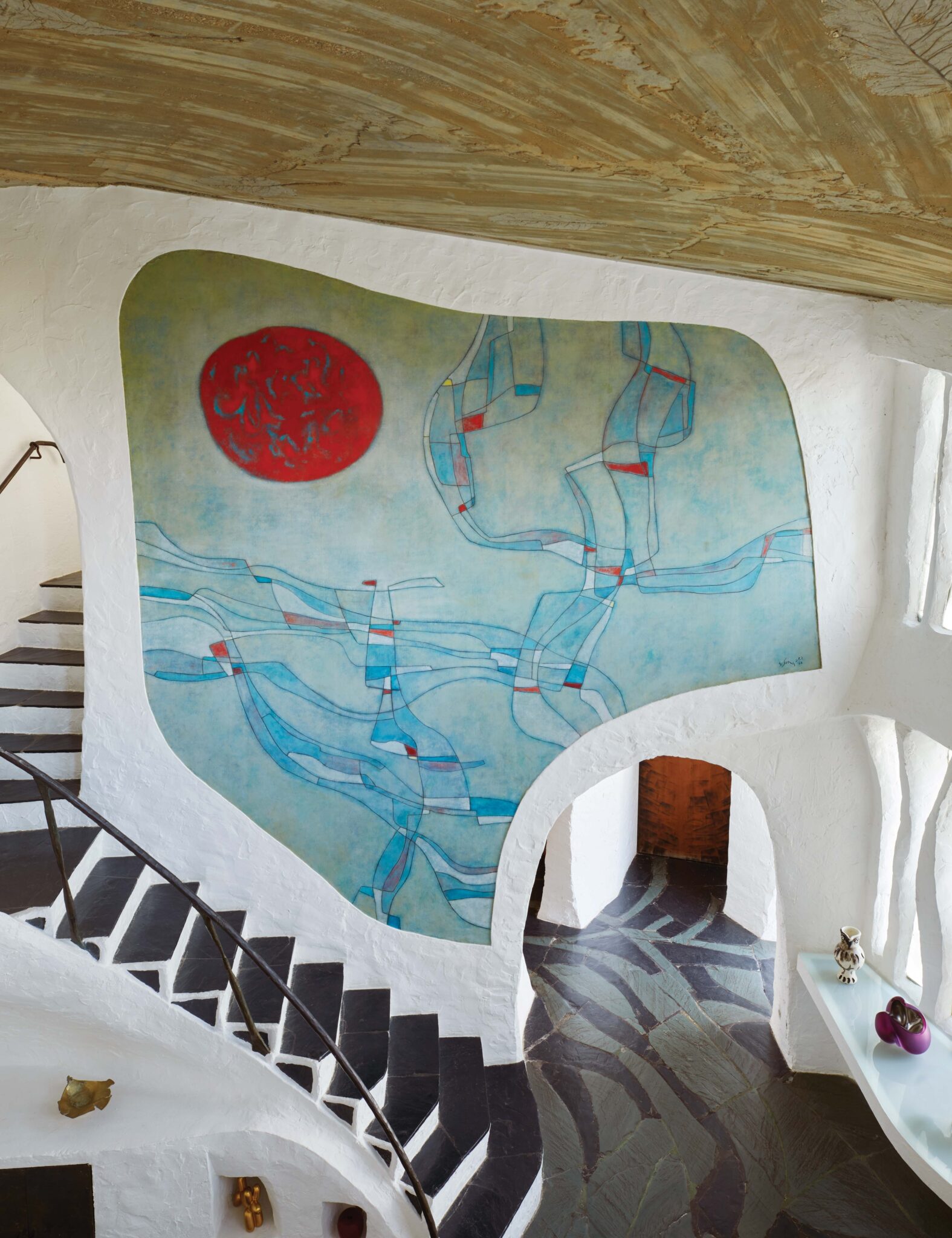A sun-drenched bed of showy blooms might get all the glory, but shade gardens can be equally captivating when thoughtfully planned. “A lot of people think that in order to have a beautiful garden with lots of flowers and other plants, you need full sunlight,” says landscape architect Anthony Bellomo, the owner of Orangerie Garden & Home in Millbrook, New York. “But there are actually a lot of plants that thrive in and even prefer the shade.”
Read on to discover Bellomo’s tips and tricks for creating a shade garden, from choosing the right plants to finding the perfect pairings.
-

At Clove Brook Farm, Bellomo planted a contrasting mix of chartreuse hostas and dark maroon coral bells.
-

Azaleas and columbine bloom together in a shade bed.
Shade plants can be just as captivating as their full-sun counterparts.
There’s a misconception that the shade plants are boring and there’s not a lot of variety, but there’s really a whole myriad of plants to choose from. The most well-known are probably hostas, which are low-growing leafy plants with really interesting foliage. They come in so many different varieties and shades of greens and wines and chartreuses and whites. Then there’s coral bells, which are similar in that it’s mostly about the foliage, but there’s a whole array of colors—deep burgundies and crimsons, and even terracotta and orange colors.
When planting a foliage-forward shade garden, focus on creating contrast.
One of the tricks to creating a beautiful shade garden is mixing and matching textures, leaf sizes, leaf shapes, and color not just in blooming plants but in foliage. Contrast is always what’s going to make things interesting and make plants pop. For example, if you’re using a big mass of plants with very dark foliage, like deep-burgundy coral bells, pair that with a border of acid-green or chartreuse-leafed plants, which will really stand out. Those plants will also have different leaf shapes and slightly different scales; that layering creates visual interest.
-

This Virginia Bluebell shows off in spring before the leaves of the tree canopy above fully stretch out.
-

An early spring blooming Hellebore in the shade below the maple tree.
There are plenty of flowering shade plants to choose from—and they tend to bloom early.
There is a huge range of blooming plants that do well in low-light conditions, like trifolius crab flower, and hellebore, also known as lenten rose. They’re woodland plants, meaning that they’re used to having a tree canopy covering them. Spring is actually a really wonderful time to have a shade garden, because a lot of those woodland flowers, like hellebore, bloom in very early spring when the trees have not yet leafed out and they can get more light.
Not all shade plants require the same amount of shade.
And so, it’s important to understand what the requirements and condition needs are for the plant that you’re looking to place in the garden. Certain types can do well in a mix of half sun and half shade, but others only do well in deep shade—if you took them out of that shady environment, their leaves would not be able to tolerate the intense light that the sun provides in summer. Oftentimes what happens is that they’ll get very washed out. The foliage will literally get bleached and turn a very light yellow or white color. Leaves can even get burned by the sun if it’s too strong.
The smallest bit of tree cover can provide the opportunity for a shade garden.
There isn’t a whole lot of shade on our property, because it was a working farm, historically. Most of it is pasture or paddock space. We do have a few big trees on the property, and a couple of years ago, we did a little shade garden under this enormous, almost 200-year-old maple tree, incorporating azaleas, hostas, hellebores, coral bells, and a series of ferns.
-

-

The new fernery at Clove Brook Farm with masses of perennials filling out.
Shade plants thrive in container gardens, too.
Let’s say you have a little corner of a garden where it’s heavily shaded but you don’t really have the space or opportunity to do an actual garden bed. You could have something as simple as a fern in a beautiful cast-iron urn on a pedestal, or a planter with a big hydrangea that will bloom in the summer.
And they’re ideal for city-dwellers.
Shade plants are great if you have a smaller garden in an urban setting where the buildings are closer together and your yard or outdoor area doesn’t get a lot of light throughout the day. Of course, if you’re lucky enough to have a large enough property where there are some shaded areas and some sunny areas, you can have a little bit of everything.




















